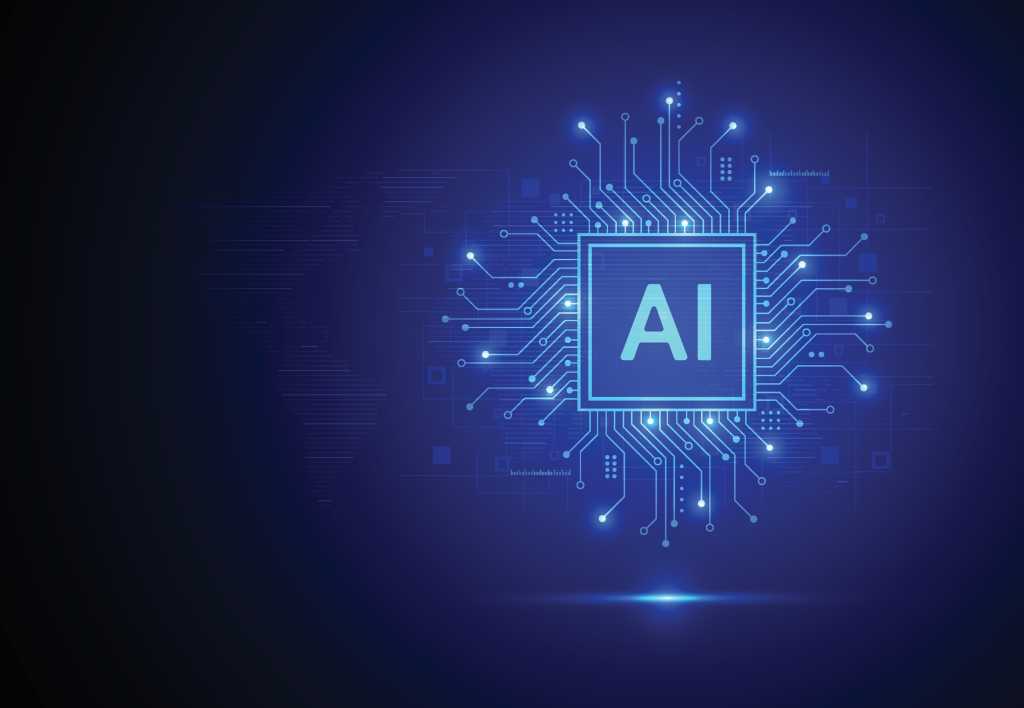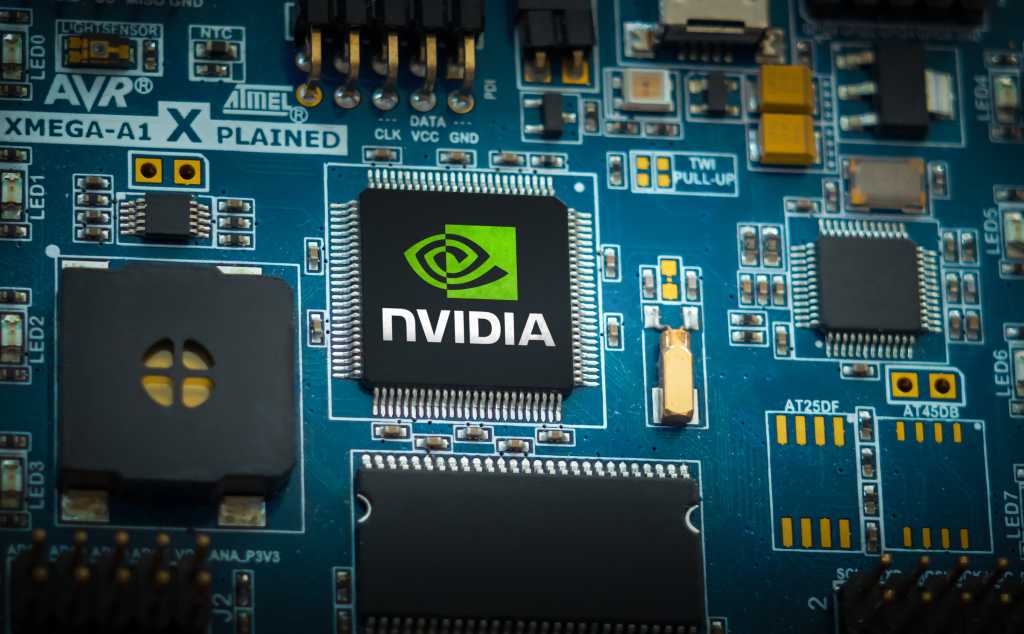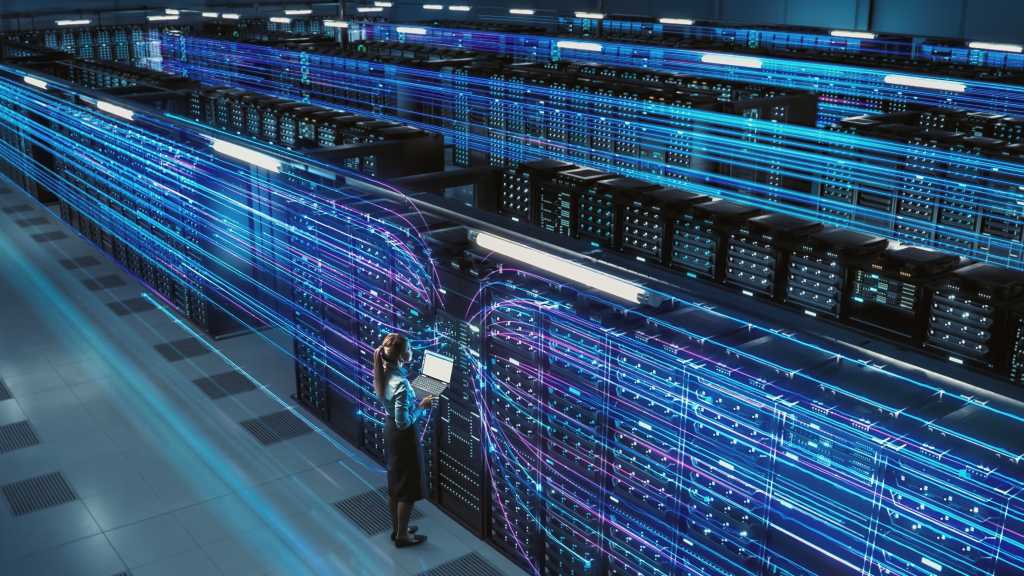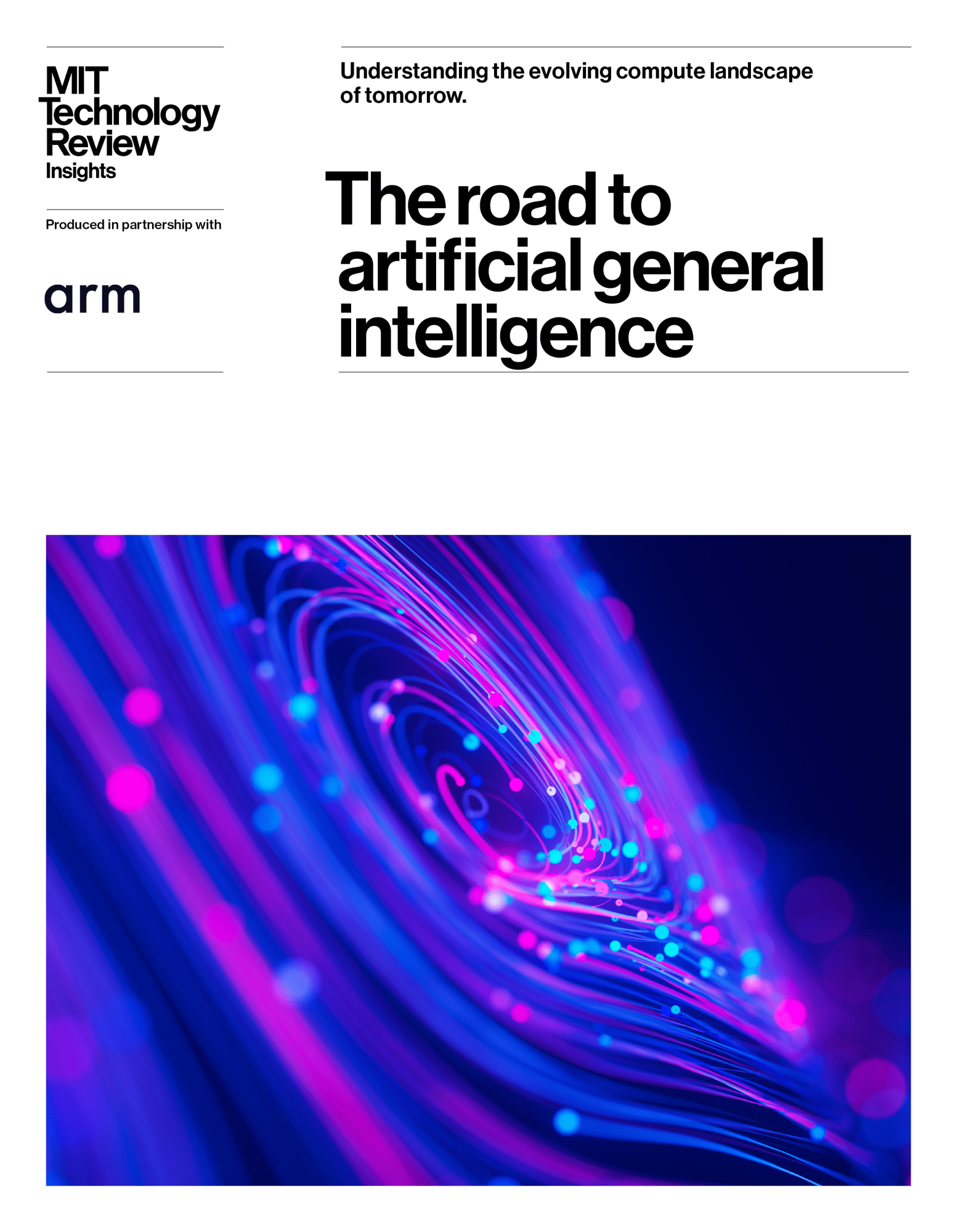
North Sea catering firm Entier has been acquired by US food services giant Aramark (NYSE: ARMK) for an undisclosed sum.
Westhill-based Entier was founded by chef Peter Bruce in 2008 and was later backed by equity investor BGF.
The group employs nearly 700 people across offices in the UK, as well as Australia, New Zealand, Canada and Saudi Arabia.
The firm reached a turnover of £61.7 million in 2023, according to accounts filed at Companies House. This represented a 25% increase on the prior year. Pre-tax profit reached £2m.
Bruce, who remains a significant shareholder, founded the firm specialising on offshore catering following an 11-year career with Compass.
The business branched out into luxury catering with the acquisition of Perthshire Wild Thyme in 2016, which came with exclusive rights to catering events at Glamis Castle in Angus, Carlowie Castle near Edinburgh and the Glenturret Distillery in Crieff as well as a track record of serving nibbles to sporting events including the Ryder Cup and the Alfred Dunhill Links Championship.
In 2017 Entier secured a £6.5m investment from Business Growth Fund (BGF) to expand its overseas operations.
Philadelphia-headquartered Aramark launched its offshore division in 1978. It made a big splash in the UK North Sea in 2013 when it w0n a five-year deal worth $41m to cater offshore facilities for French firm Total, now called TotalEnergies (PAR: TTE).
Entier has been contacted for comment.
More to follow.






















